Understanding Helmet Types and Their Applications

Choosing the right helmet is crucial for ensuring safety while riding a motorcycle. Helmets come in various styles, each designed for specific types of riding and offering different levels of protection. Whether you’re a casual rider, a commuter, or an off-road enthusiast, selecting the appropriate helmet can greatly impact your safety and comfort. Here’s a detailed look at the main types of motorcycle helmets and their applications.
1. Full Face Helmets
Full face helmets provide the most comprehensive coverage around your head and neck. These helmets are characterized by a fixed chin bar that covers the face, providing protection to the entire head.
Sport Riding
Ideal for high-speed riding where maximum protection is necessary.
Touring: Great for long-distance riders who need comfort and noise reduction on long rides.
Daily Commuting
Offers excellent all-weather protection and safety in urban environments.
2. Modular (Flip-Up) Helmets
Modular helmets feature a hinge mechanism that allows the chin bar and visor to flip up, creating an open face helmet. This provides a versatile solution that combines the protection of a full face helmet with the convenience of an open face.
Touring
Perfect for riders who make frequent stops and appreciate the ability to communicate easily without removing the helmet.
Urban Riding
Offers flexibility for city riders who may need to talk to others or have a drink without removing the helmet entirely.
3. Open Face (¾ Helmet)
Open face helmets cover the top, back, and sides of the head but leave the face exposed. Some models include visors or snap-on shields, while others might not, offering less protection but more visibility and air flow.
City Riding
Good for riders who prefer a greater field of vision for tight urban environments.
Scooter Commuting
Popular among scooter users for its balance of protection and openness, providing a stylish, practical option.
4. Half Helmets
Half helmets cover the top of the head but leave the rest of your head exposed. These helmets offer the least protection but maximum visibility and airflow.
Short Trips
Suitable for riders taking short, low-speed rides where comfort and convenience are prioritized.
Leisure Riding
Often chosen by cruiser enthusiasts for the classic look and feel.
5. Off-Road (Motocross) Helmets
These helmets are designed with an elongated chin and visor portions, a hard outer shell, and lots of ventilation openings for intensive physical riding. They are usually worn with goggles for better visibility and dust protection.
Motocross Racing
Specifically designed for MX racing and similar sports where dirt and debris are common.
Trail Riding Ideal for riders on off-road trails needing superior protection and ventilation.
6. Dual-Sport Helmets
Dual-sport helmets are a hybrid of full face and off-road helmets. They feature a visor and extended chin like off-road helmets but with less aggressive ventilation and more soundproofing like full face helmets.
Adventure Riding
Excellent for riders who switch between paved roads and off-road trails.
Long-Distance Off-Roading
Provides versatility without the need to switch helmets based on terrain.
Selecting the right helmet is about matching your helmet’s capabilities to your specific riding needs. Consider the type of riding you do most frequently, the level of protection you require, and the comfort features that will enhance your riding experience. Remember, a helmet is the most critical piece of safety equipment for a rider, so choose wisely to ensure you are protected every time you hit the road.
Similar Advices


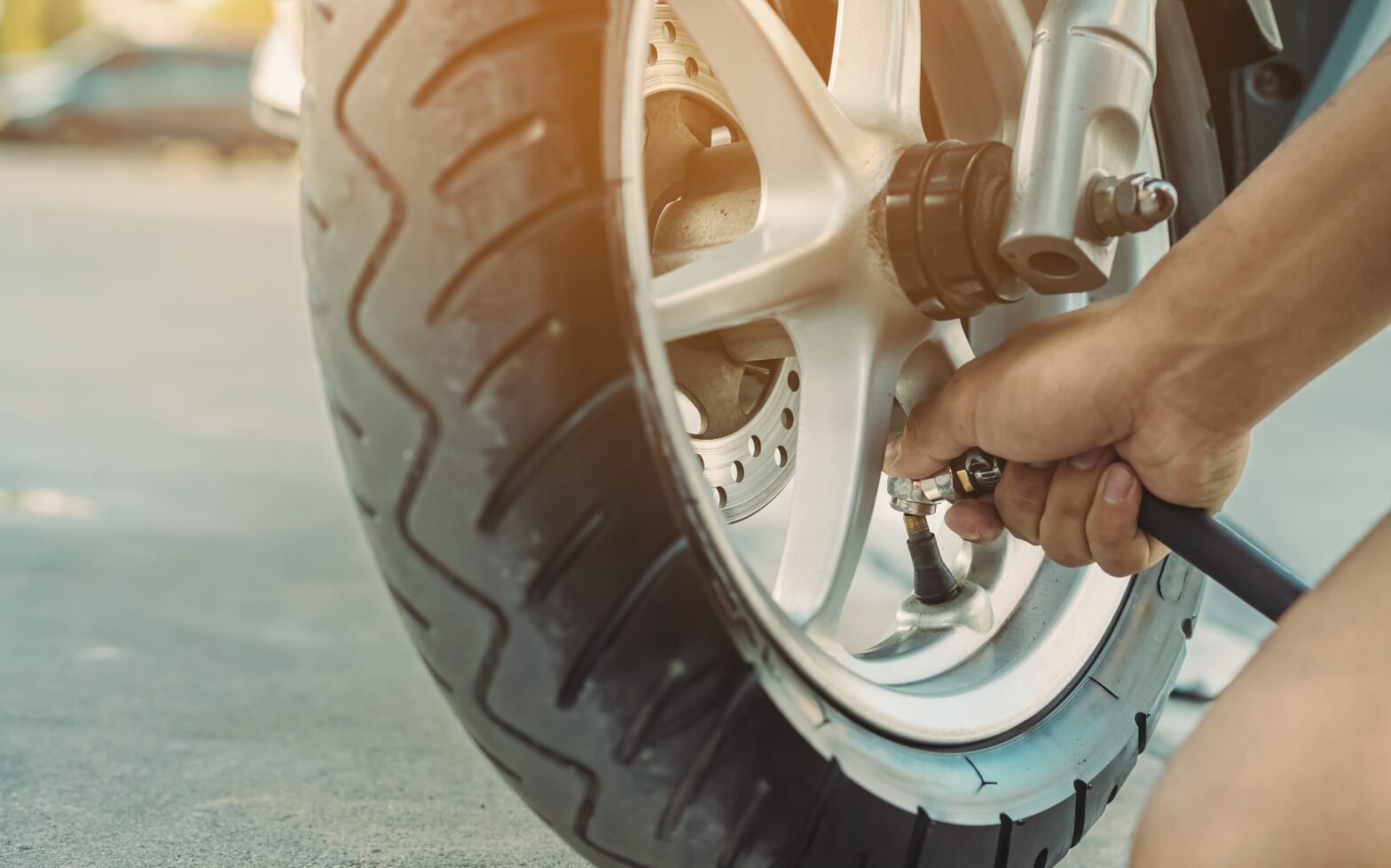
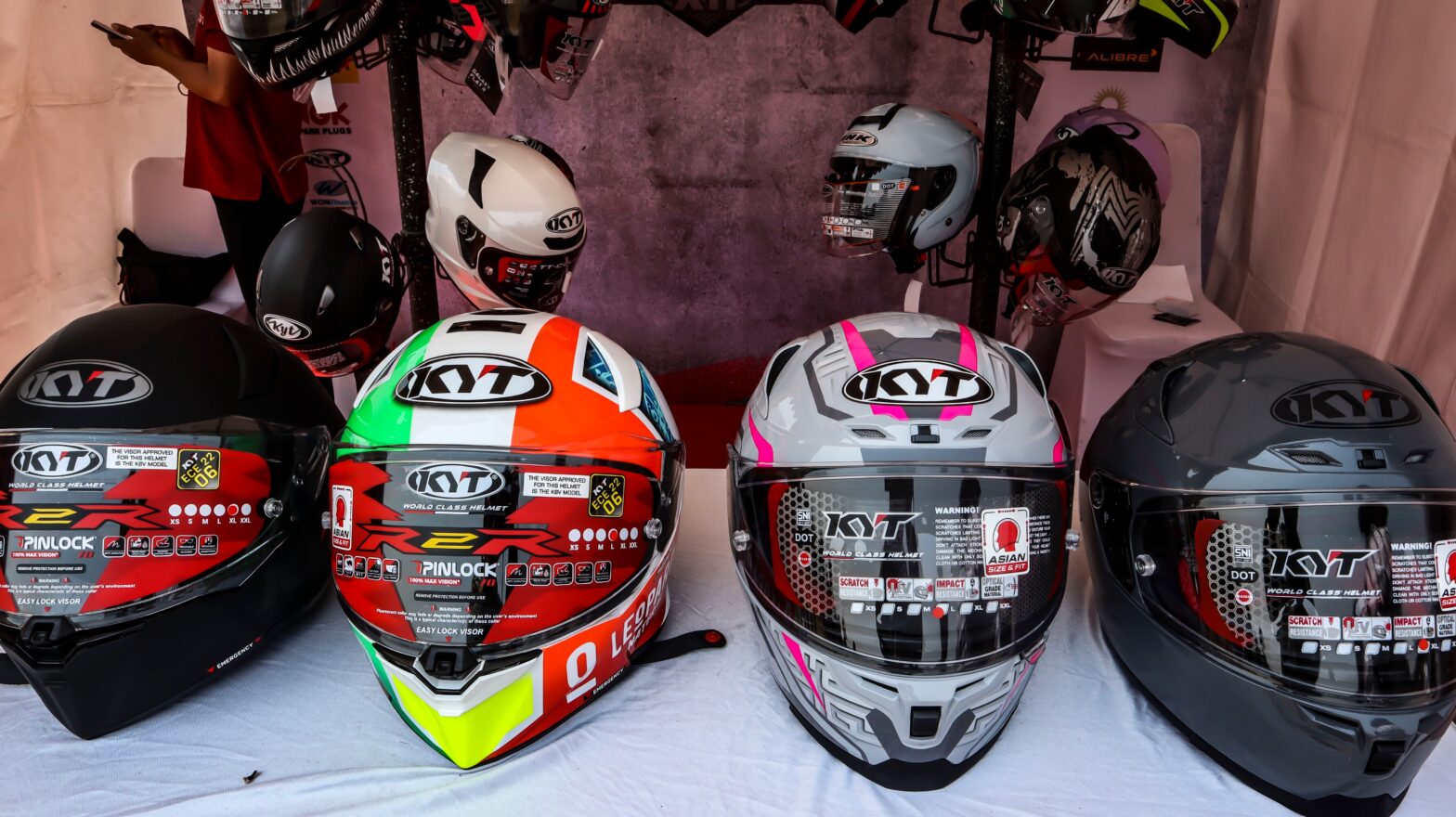
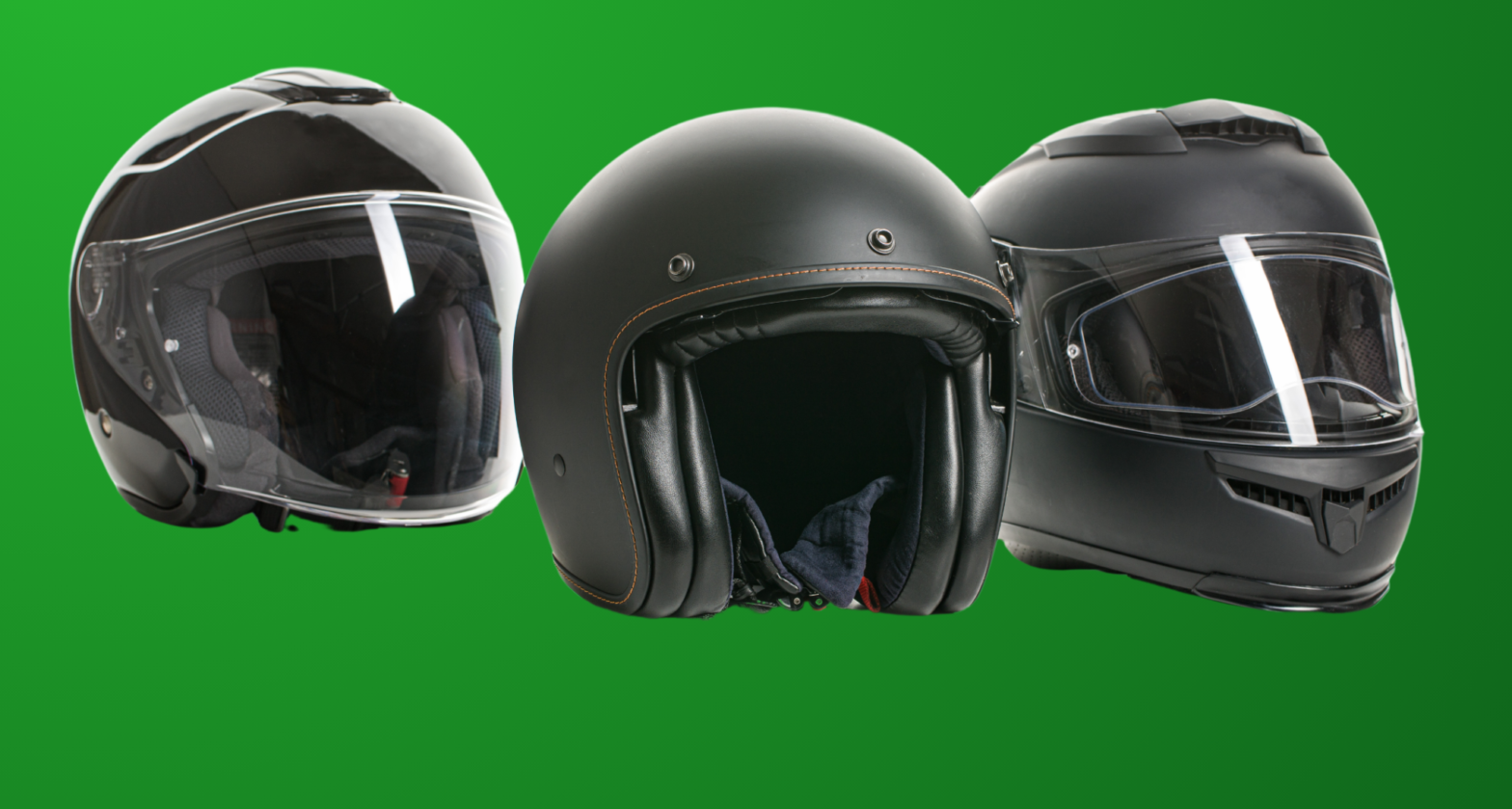
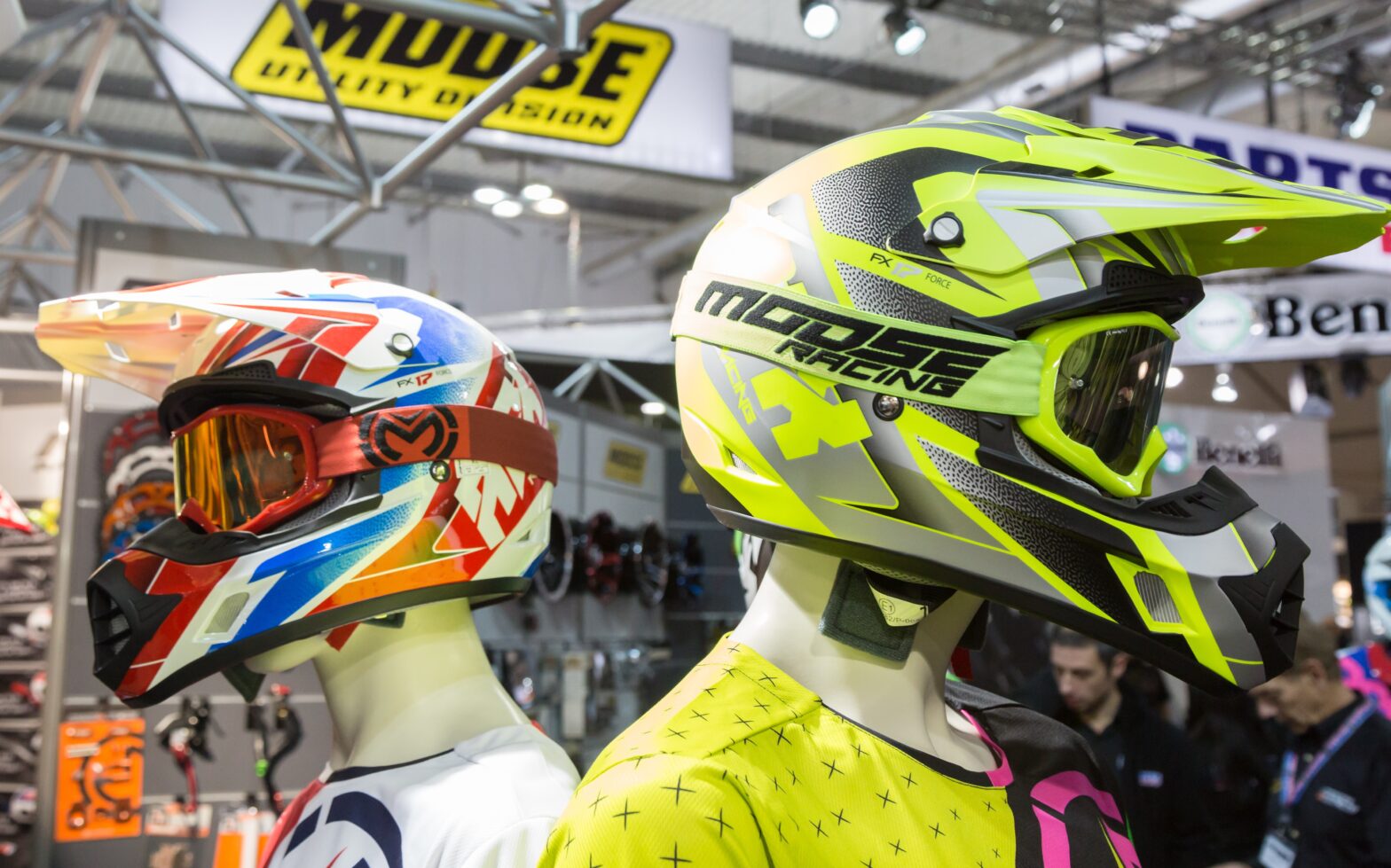
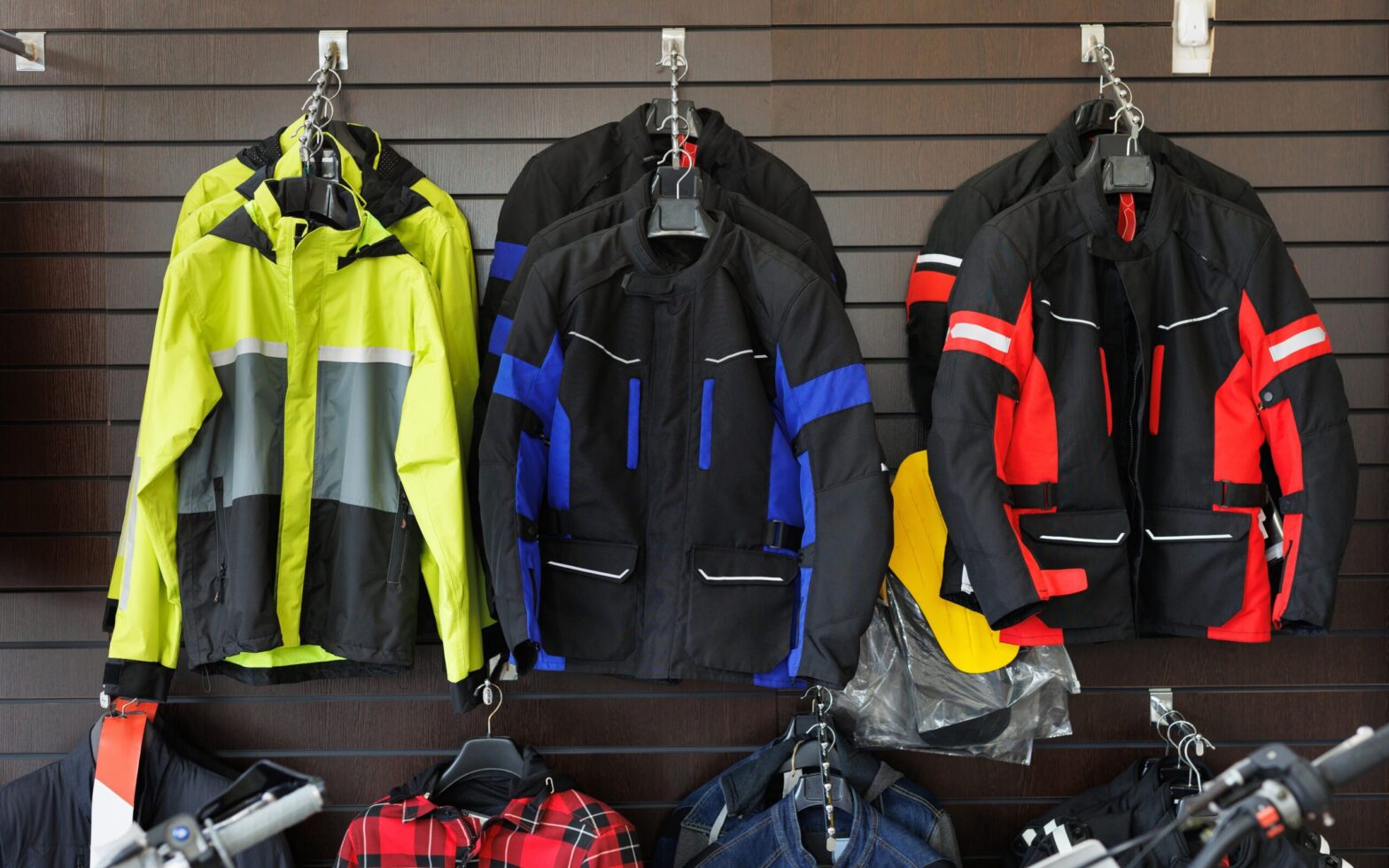
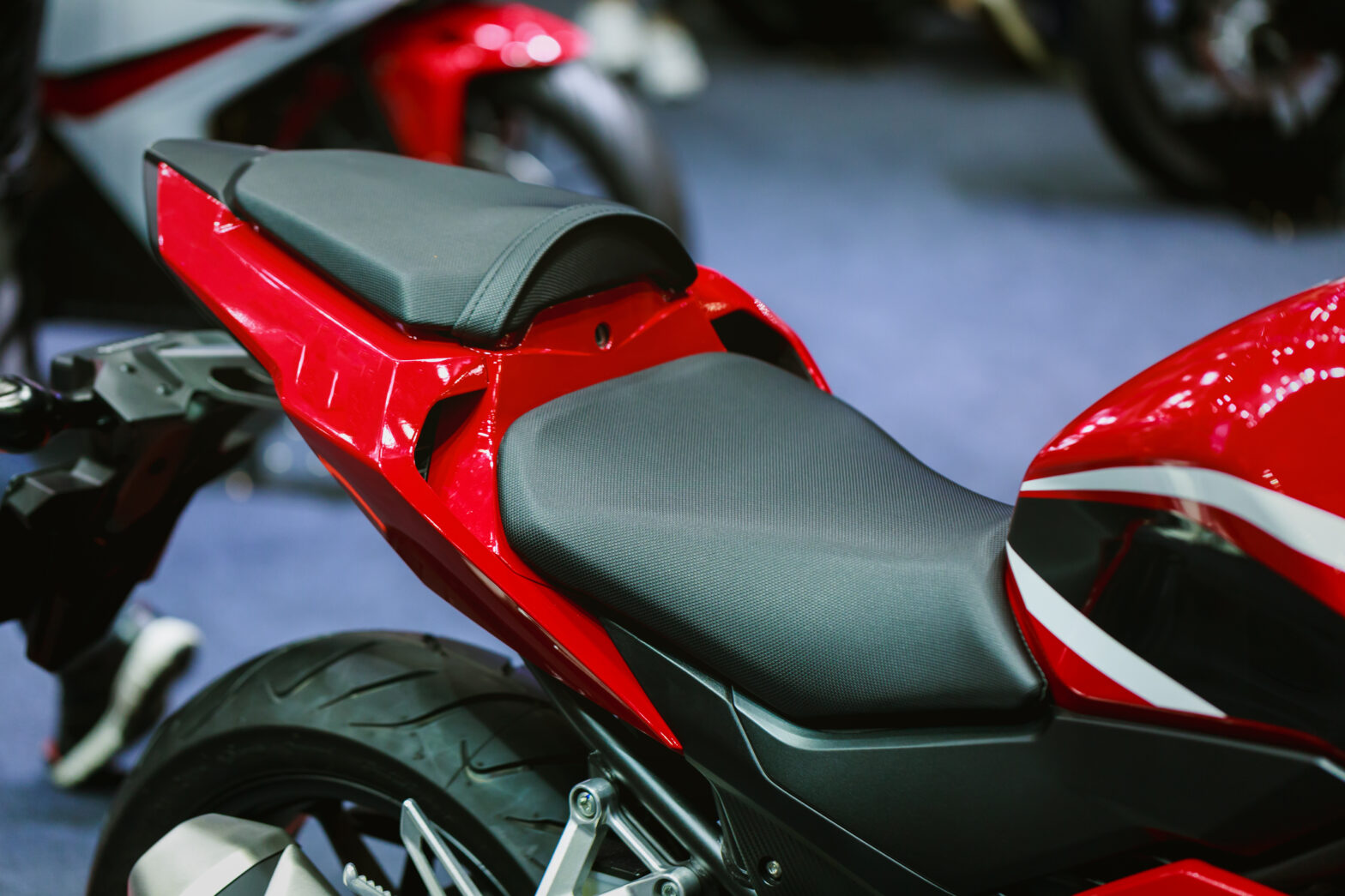
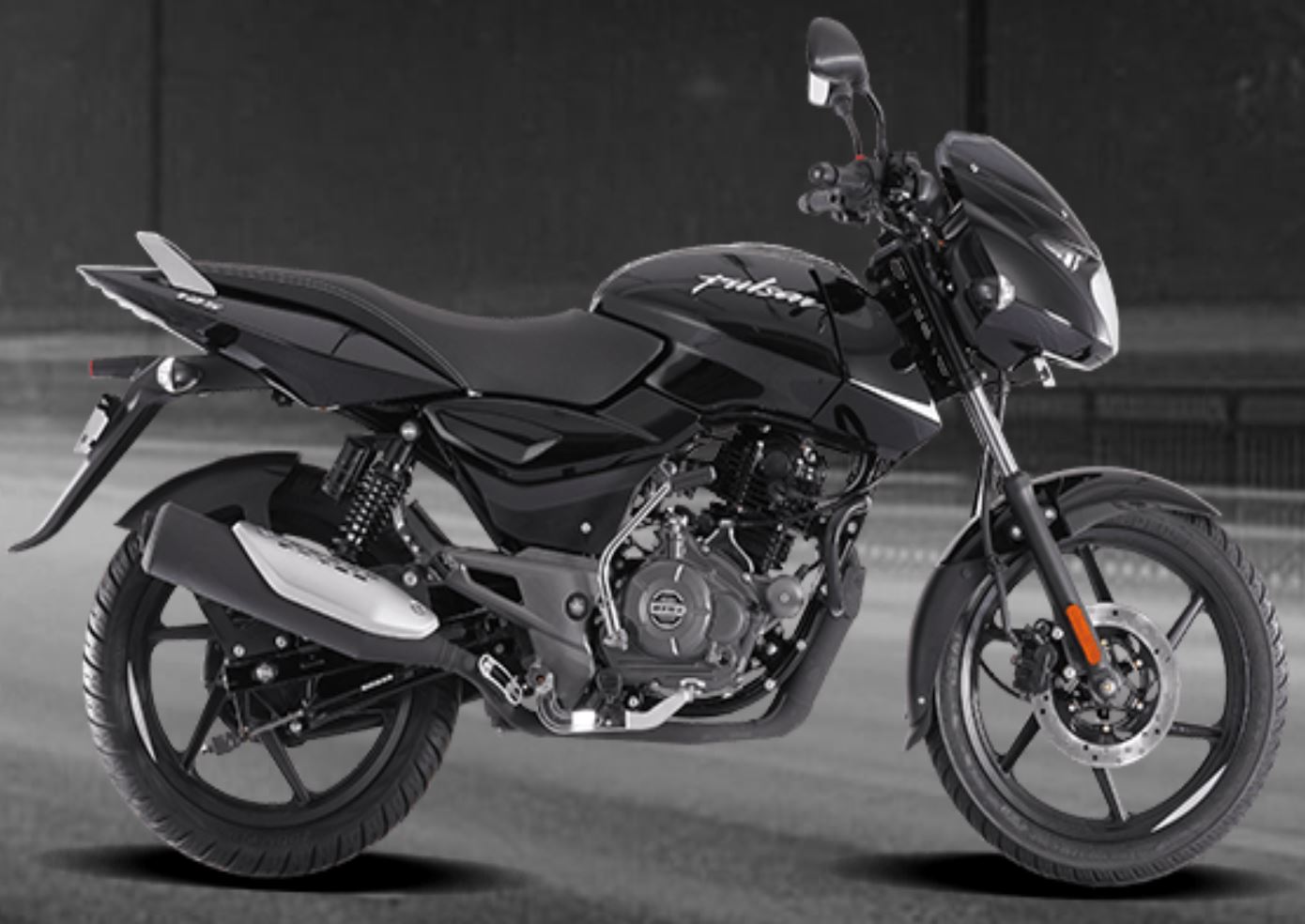
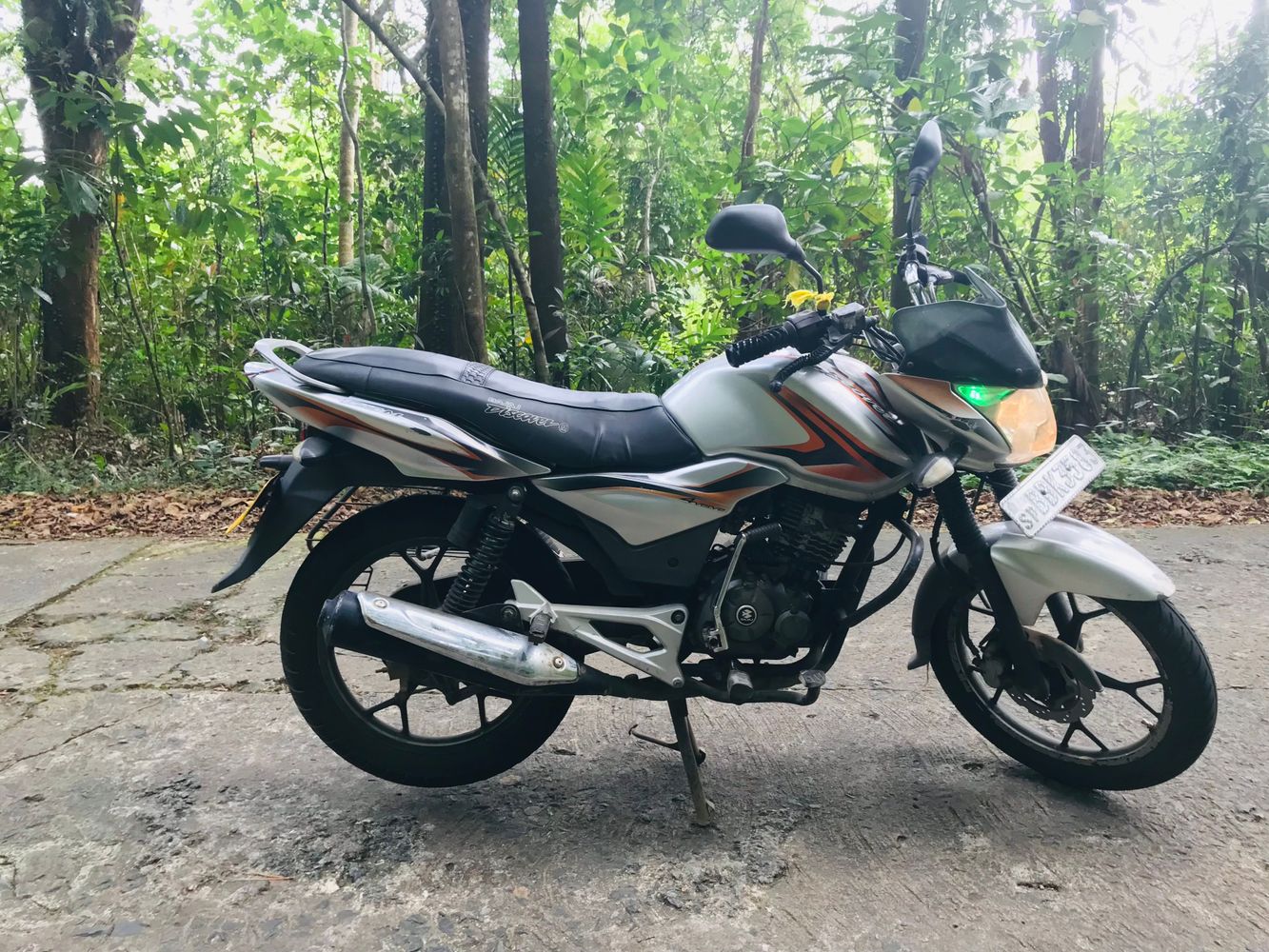
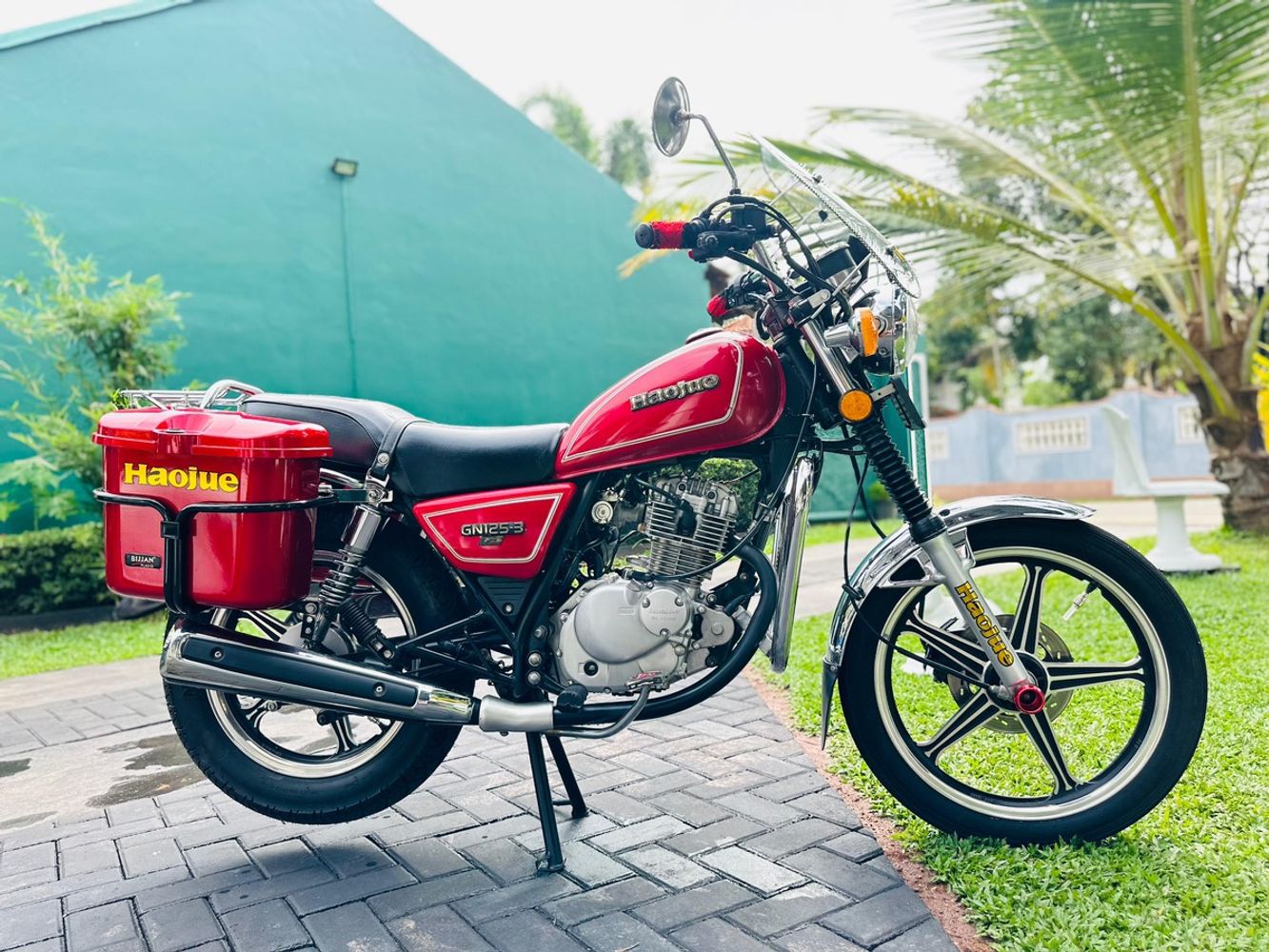
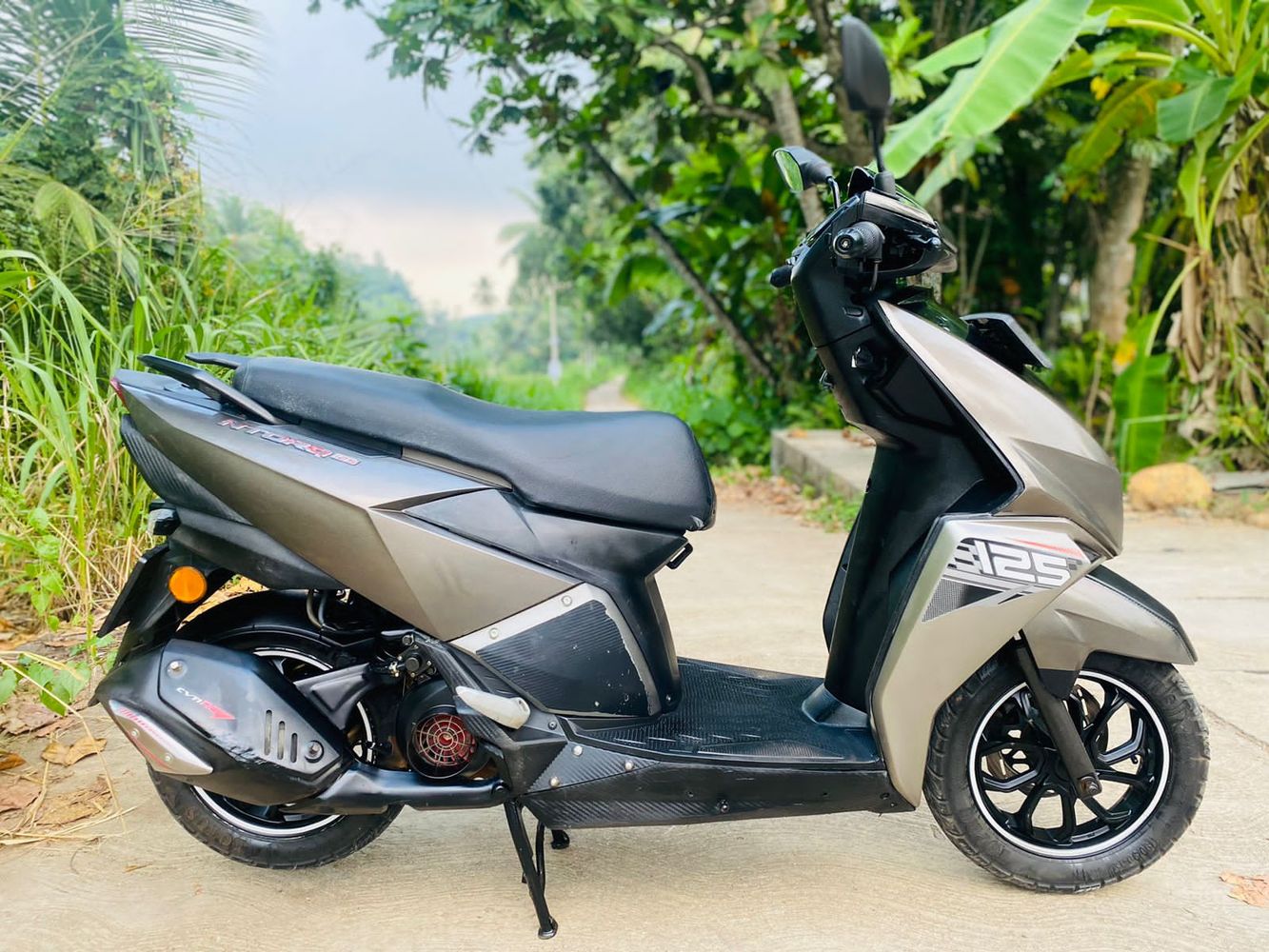
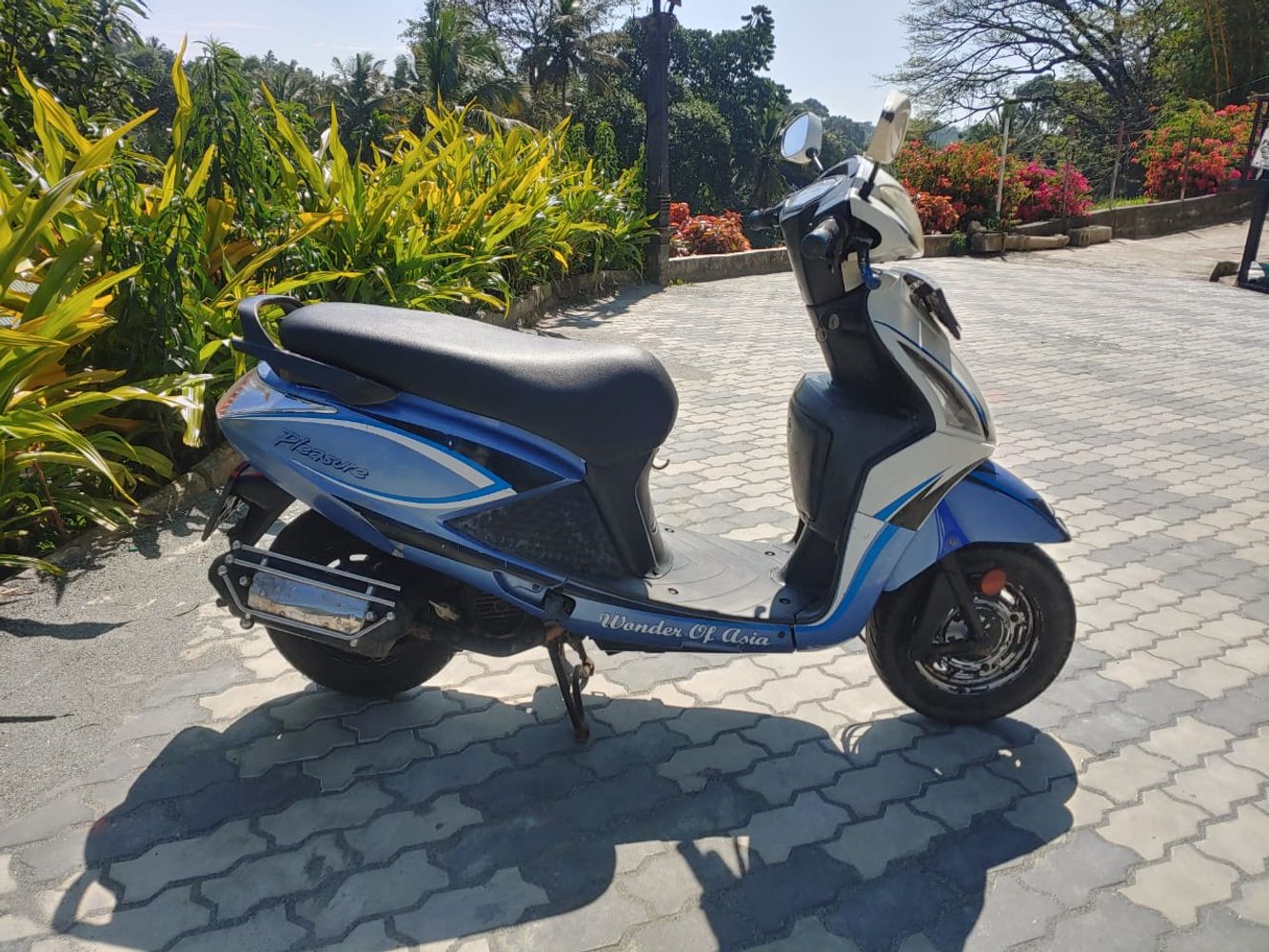
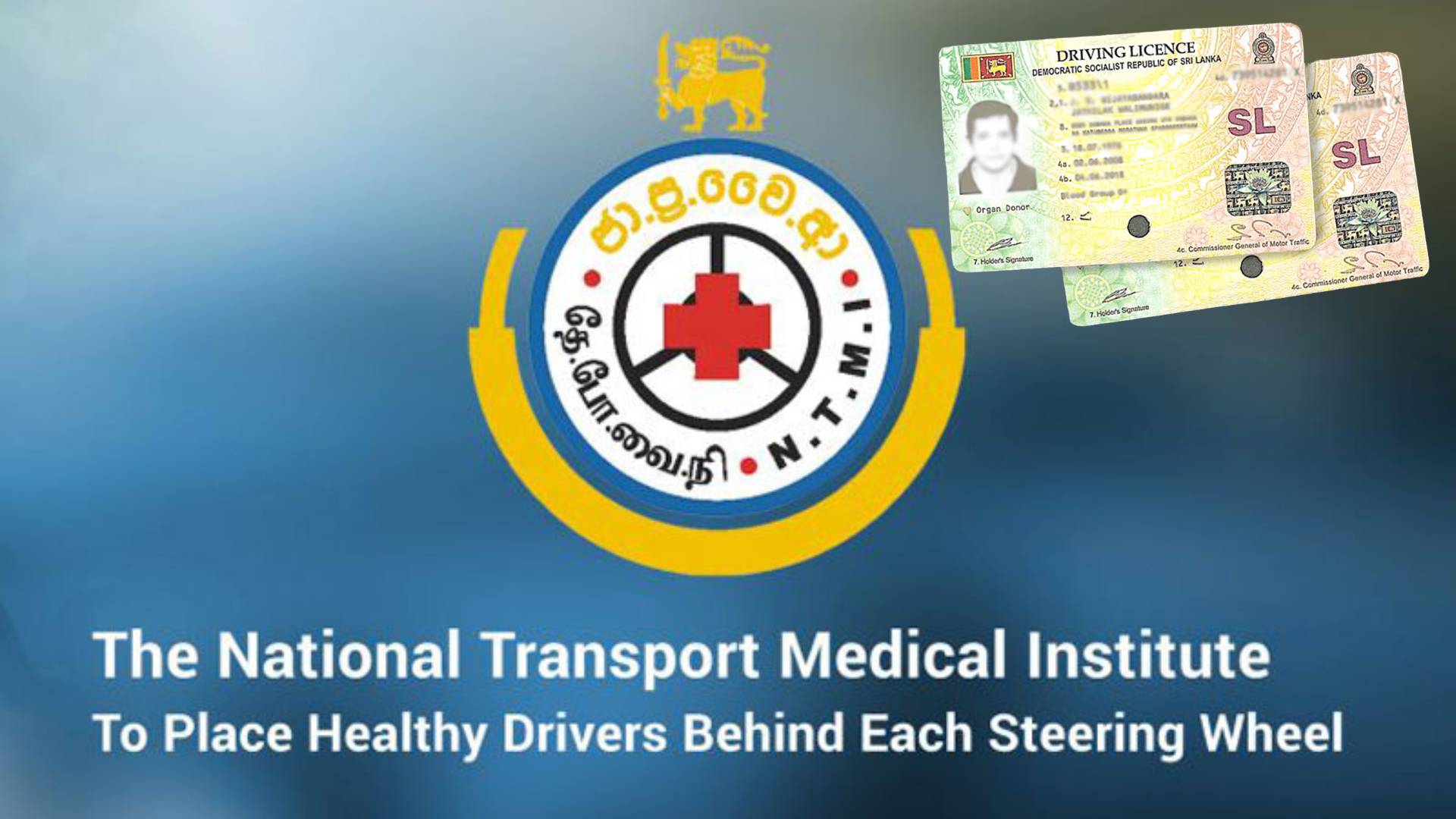
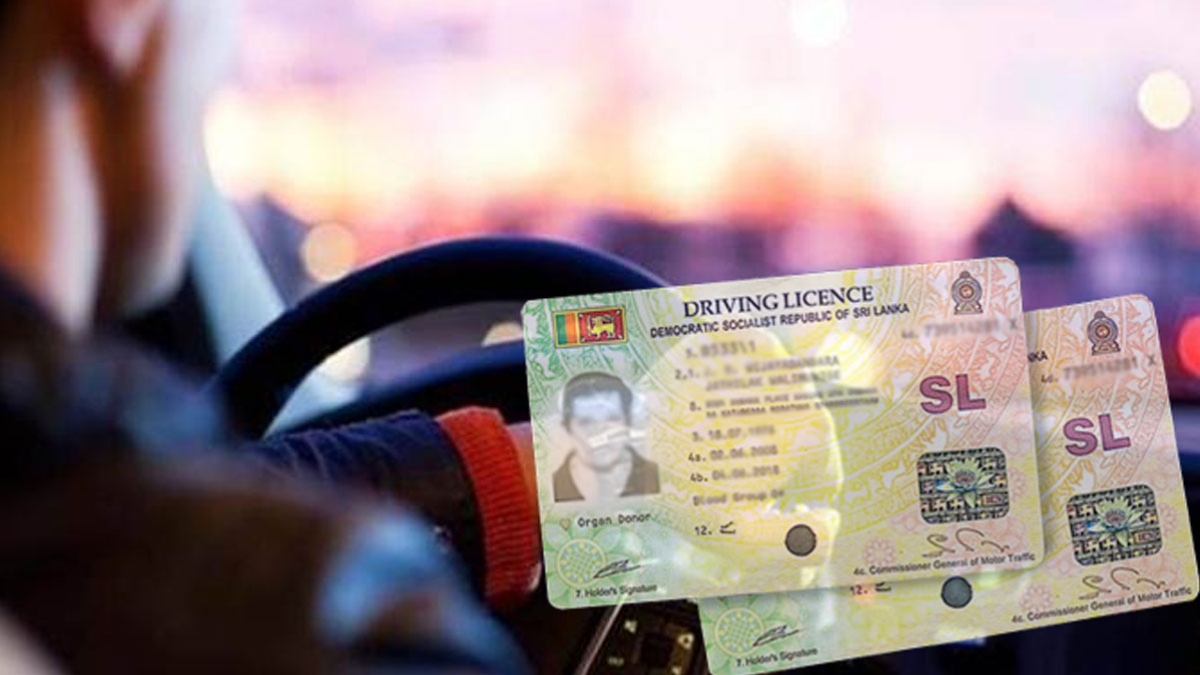



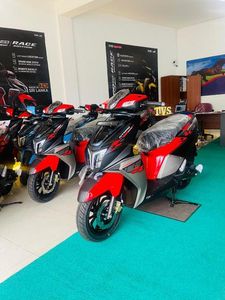
 MEMBER
MEMBER 


